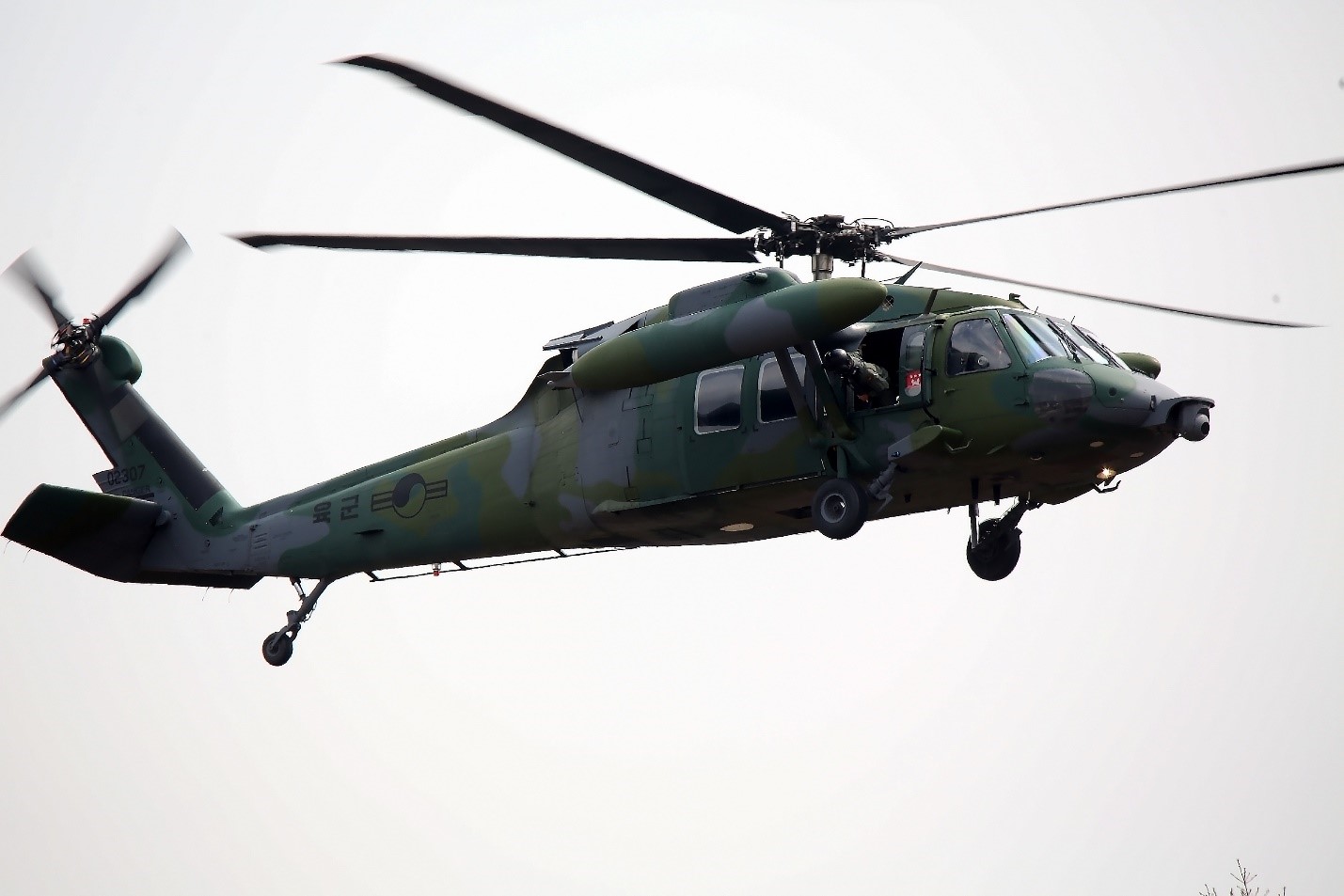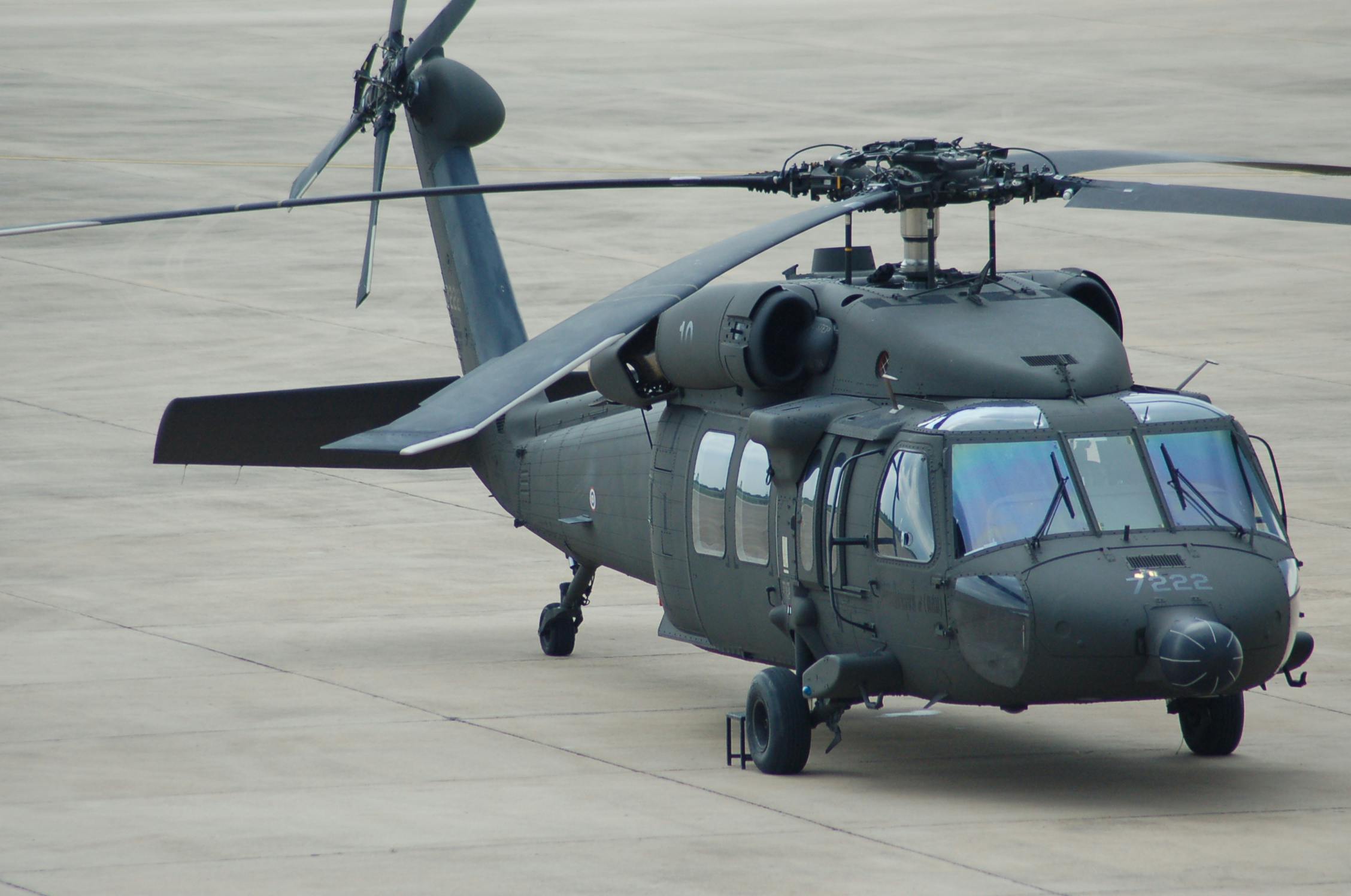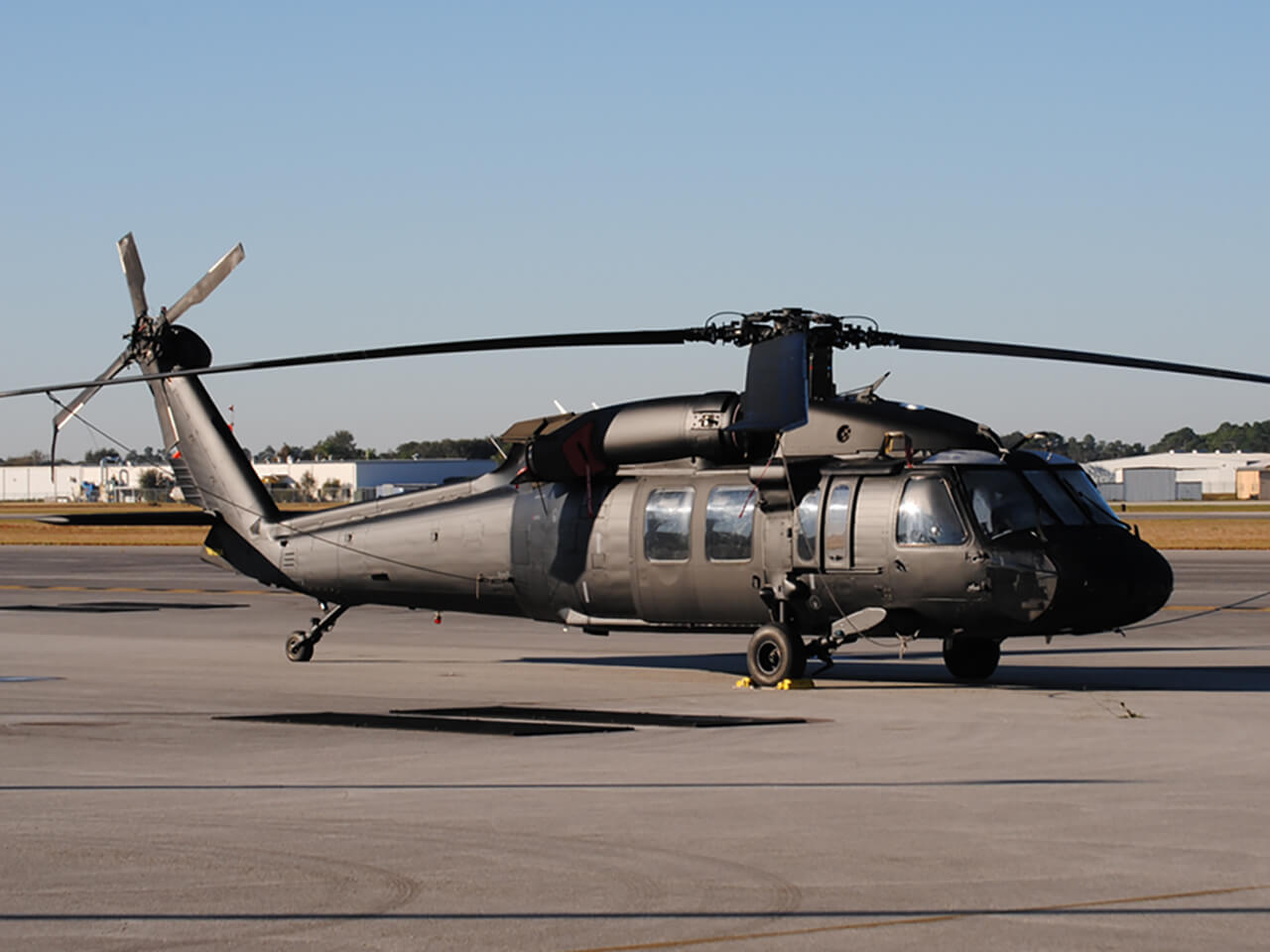UH 60 Black Hawk: A Close Look at Its Engineering, Performance, and Tactical Uses
Exploring the History and Evolution of the UH 60 Helicopter

Origins of the UH-60
The beginnings of the UH-60 helicopter can be mapped back to the late 1960s, a duration noted by the demand for a functional energy aircraft that might adapt to the evolving demands of modern war. The U.S. Military acknowledged the necessity for a substitute for the older UH-1 Iroquois, which was coming to be increasingly poor for the intricacies of modern battle situations. In 1967, the Military initiated the Utility Tactical Transport Airplane System (UTTAS) program, which sought to develop a multi-role helicopter efficient in numerous goals, including troop transport, medical evacuation, and logistical assistance.
The UH-60 Black Hawk was presented, showcasing innovative style elements and advanced innovation that set it apart from its predecessors. The UH-60 quickly obtained recognition for its durable efficiency, dependability, and adaptability, paving the way for its substantial use in armed forces procedures and solidifying its condition as a cornerstone of U.S. Army aviation.
Trick Style Functions
Cutting-edge design attributes of the UH-60 Black Hawk substantially add to its functional effectiveness. One of one of the most remarkable facets is its twin-engine arrangement, which improves integrity and provides a higher power-to-weight ratio, making it possible for the helicopter to carry out under different conditions. The airplane's four-blade primary blades system uses enhanced lift and ability to move, important for tactical missions.

In addition, the cabin is made for ideal exposure and functional designs, featuring sophisticated avionics that improve pilot procedures. The modular layout of the UH-60 permits easy upkeep and flexibility, making it ideal for various mission profiles, from army transportation to medevac procedures. These key style features make certain that the UH-60 Black Hawk stays a flexible and reputable possession in military aeronautics, capable of meeting the demands of contemporary war.
Technical Improvements
Current technical improvements in the UH-60 Black Hawk have actually substantially enhanced its functional abilities and convenience. The assimilation of sophisticated avionics, such as electronic trip control systems and boosted situational awareness displays, allows pilots to operate with boosted accuracy and effectiveness. These systems facilitate enhanced navigating, communication, and data sharing, making it possible for the helicopter to operate successfully in varied environments.
Furthermore, the introduction of composite materials has actually lowered the total weight of the aircraft while keeping structural stability. This check my source reduction boosts fuel performance and expands operational array. The incorporation of sophisticated blades technology, consisting of using four-blade, totally verbalized blades systems, has actually enhanced lift performance and ability to move, enabling far better handling in different trip problems.

Additionally, improvements in propulsion systems, such as the T700-GE-701D engines, have actually boosted power output and integrity - uh 60. These engines contribute to exceptional efficiency in high-altitude and hot-weather conditions
Last but not least, the integration of self-defense systems and boosted sensing unit plans improves the Black Hawk's survivability and mission effectiveness. Jointly, these technical renovations make certain that the UH-60 Black Hawk remains a crucial asset in modern-day aeronautics, efficient in adapting to the advancing needs of army and humanitarian objectives.
Role in Armed Force Workflow
As the backbone of U.S. Military aviation, the UH-60 helicopter plays a vital duty in numerous armed forces procedures, functioning as a flexible platform for combat support, transportation, and medevac missions - uh 60. Its layout integrates the capability to operate in varied environments, making it necessary for army motion and logistical support in both traditional and unusual warfare

In clinical discharge situations, the UH-60 has proven vital, substantially minimizing the time to transport wounded soldiers from the battlefield to medical facilities. Its sophisticated avionics and night vision abilities better ensure mission success under tough problems. In general, the UH-60 helicopter stays a crucial property, constantly adjusting like it to satisfy the advancing demands of military procedures and improving the effectiveness of united state pressures worldwide.
Future of the UH-60
Looking in advance, the future of the UH-60 helicopter involves substantial advancements in technology and abilities developed to enhance its functional effectiveness. As armed forces procedures progress, the UH-60 is anticipated to integrate advanced innovations, including boosted avionics, enhanced weapons systems, and advanced interaction tools. These enhancements will certainly enable better situational recognition and goal flexibility, making sure that the UH-60 remains a crucial property on the battlefield.
One remarkable development is the combination of fly-by-wire systems, which will boost flight control accuracy and reduce pilot workload. Efforts to update the airframe and engines intend to increase array, haul, and speed capacity, thus expanding the helicopter's operational extent.
The future additionally holds assurance for boosted interoperability with unmanned airborne systems (UAS), enabling coordinated goals that leverage both manned and unmanned capacities. Additionally, the incorporation of artificial intelligence and artificial intelligence can enhance flight dynamics and maintenance processes, resulting in minimized operational costs.
Conclusion
The UH-60 Black Hawk helicopter stands for a substantial achievement in military aeronautics, advancing from the U.S. Military's preliminary requirements for a functional utility aircraft. Its cutting-edge style attributes and continuous technical innovations have actually ensured its importance in various army operations over the years. As the demands of modern-day warfare change, the future of the UH-60 will likely entail more enhancements and adaptations, reinforcing its status as a crucial asset for militaries worldwide.
The UH-60 Black Hawk helicopter represents a considerable milestone in army aviation, arising from the U.S. Military's pursuit for a more versatile and trusted utility airplane in the late 20th century.The beginnings of the UH-60 helicopter can be mapped back to the late 1960s, a duration noted by the need for a flexible utility airplane that might adjust to the developing demands of modern-day war. Overall, the UH-60 helicopter continues to be a vital asset, continually adjusting to meet the developing demands of military operations and improving the efficiency of this article United state pressures worldwide.
Looking in advance, the future of the UH-60 helicopter entails considerable innovations in modern technology and capabilities made to enhance its operational effectiveness.The UH-60 Black Hawk helicopter stands for a considerable success in military aeronautics, progressing from the U.S. Army's preliminary needs for a versatile utility airplane.